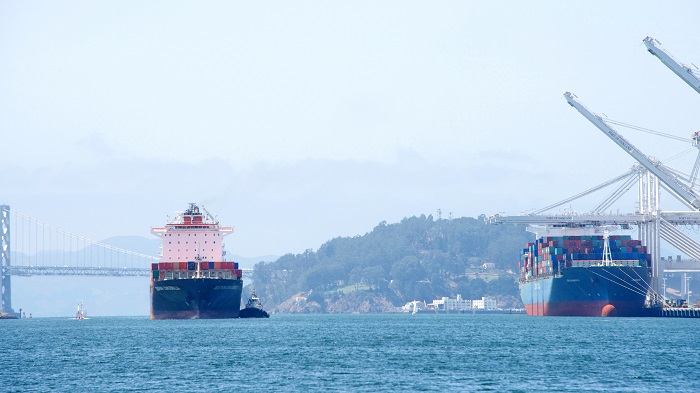
Transpacific ocean shipping rates continue to slide
Rates continue to slide on the transpacific ocean shipping trade, according to the latest Freightos Baltic Index (FBX) which provides global container pricing and additional data across 12 routes.
Issued on 30 December, it noted that despite news that China "didn’t buy a single US soybean in November", there had been no further talk of trade tariff increases recently. Consequently, transpacific ocean prices had continued to fall.
China-West Coast prices fell for the seventh week in a row to $1,722 per feu (-4% on 24 December 2018) and are now only 67% of their 11 November value. However, they are still 50% higher than prices at this time last year.
China-East Coast rates fell for the fifth week in a row to $2,779/feu (-3%) and are now only 74% of their 25 November value. However, similar to West Coast prices, they are still (just under) 50% higher than prices this time last year.
China-North Europe and North Europe-US East Coast rates totalled $1,418/feu and $1,818/feu respectively, each down 1%.
With freight prices also dropping on other key lanes (China-North Europe and North Europe-US East Coast), the net effect on the global index was a 2% drop to $1,414/feu.
The transpacific trade was now "in the relative lull between stocking up for Christmas and the pre-Chinese New Year bottleneck. With the China-US trade tariff war leaving many importers overstocked, it wasn’t surprising that the mid-December’s GRI was cancelled", it underlined.
However, a new factor will see prices rising this week, FBX and Freightos VP, Philip von Mecklenburg-Blumenthal, underlined.
“The International Maritime Organization’s (IMO's) regulation requiring the sulfur content in maritime fuel to drop from 3.5% to 0.5% comes into force on 1 January, 2020. Several carriers have got into the act a year early. So far, we’ve seen recalculated bunker adjustment factors, EBS increases and new low-sulfur surcharges.
These increases, beginning 1 January 2019, will filter through this week with price rises in the 5%-10% range, depending upon trade lane, he added.
Turning to air freight rates, Freightos highlighted that in stark contrast to last year, when air freight hit capacity and peak pricing was unusually high, "the peak season was much more muted this year".
In early November, only China-US was showing any sign of peak pricing, with the normal pre-Thanksgiving rush boosted by trade tariff advance shipping.
"Europe-US only rose as high as $1.55/kilo (17 December 2018). China-US highest price ($4.82) was 26 November 2018 and China-Europe reached $3.65 on 10 December 2018.
Prices had returned to pre-peak levels just before Christmas and have dropped further since.
China-Europe air freight rates stood at $2.78/kilo on 30 December compared to $2.85 the previous week. China-US prices fell from $3.78 to $3.30 while Europe-US rates declined from $1.52 to $1.45.
https://www.lloydsloadinglist.com
LOJİPORT










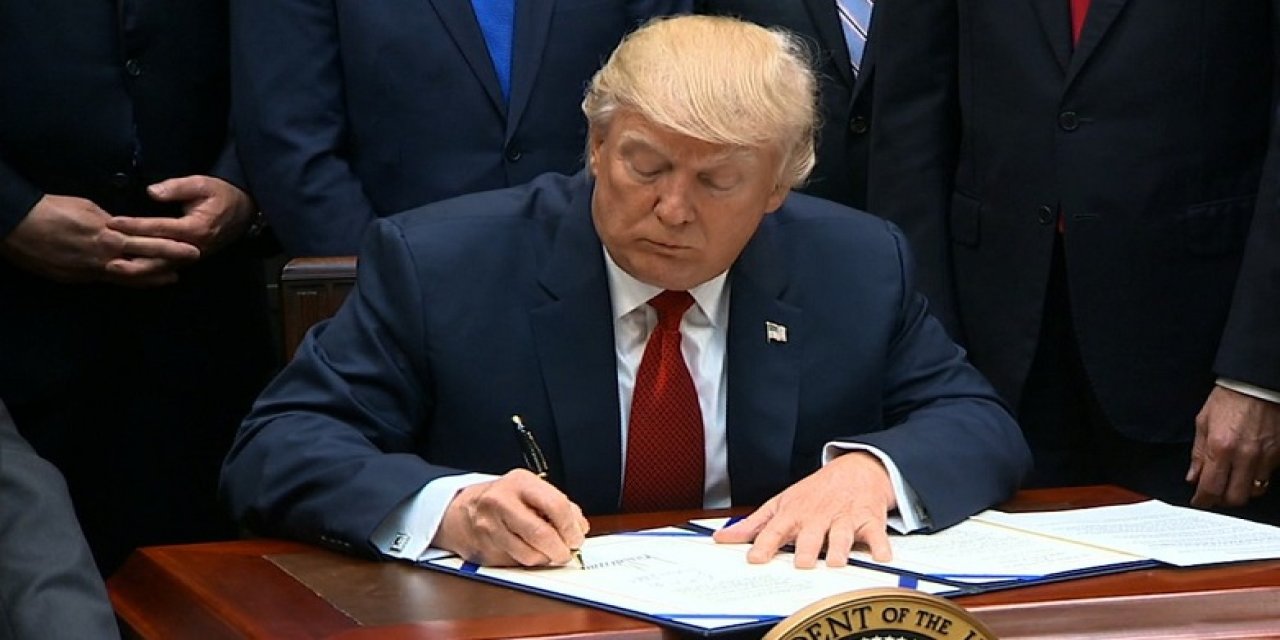
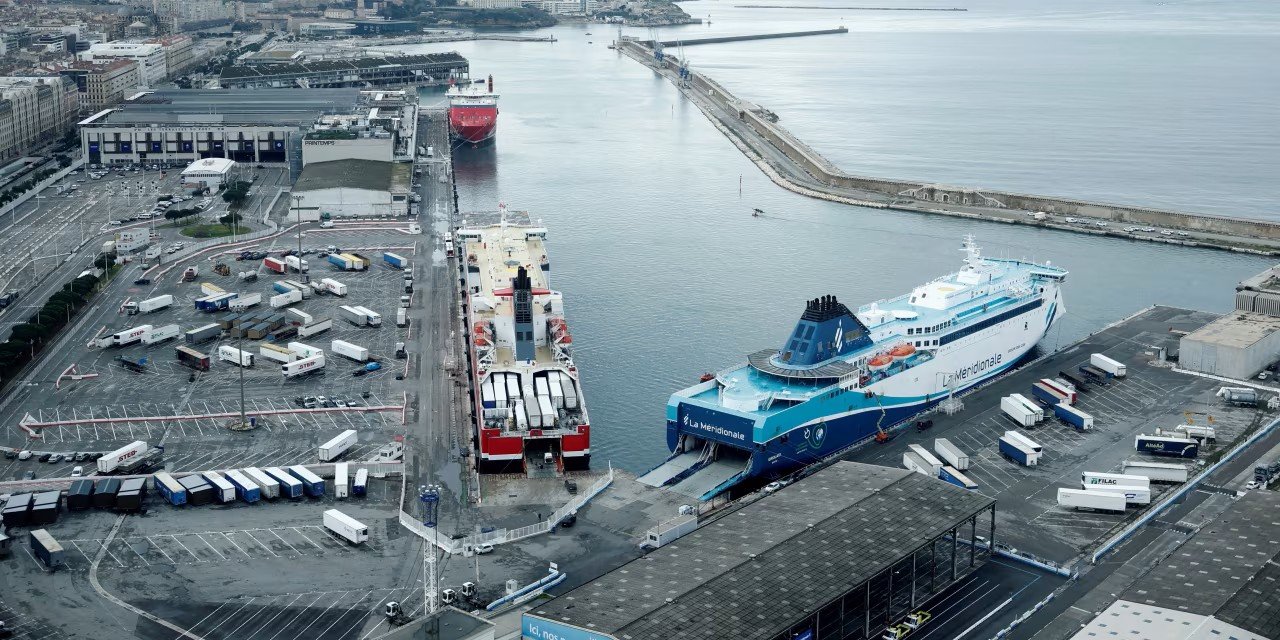


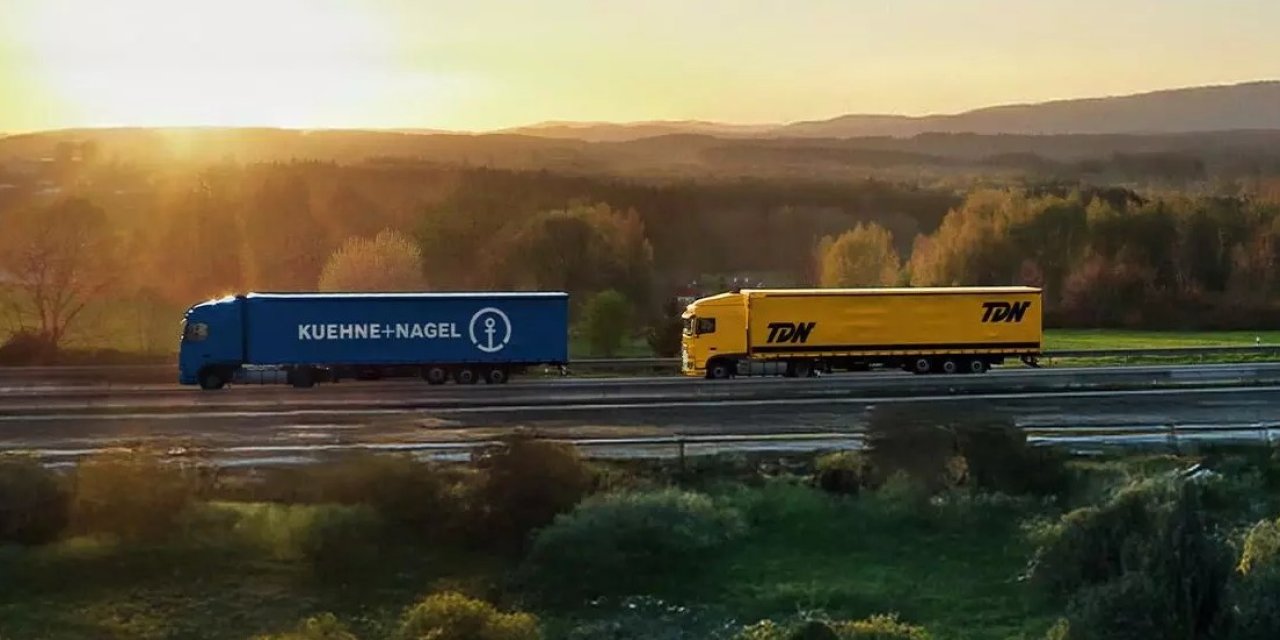
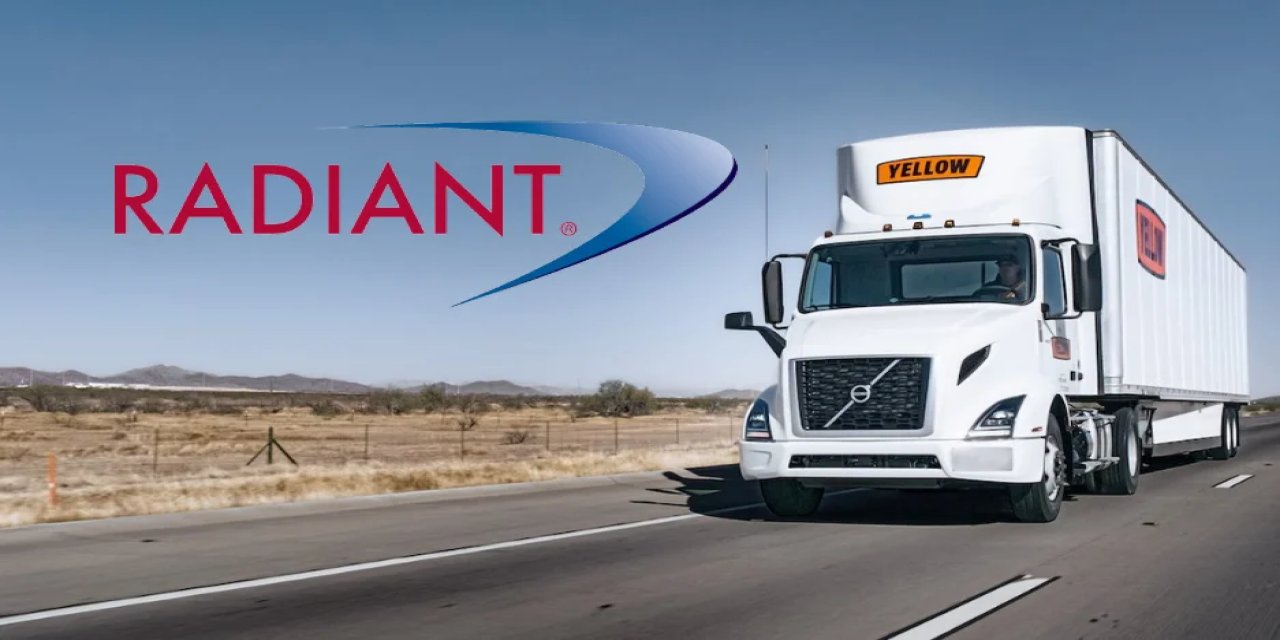


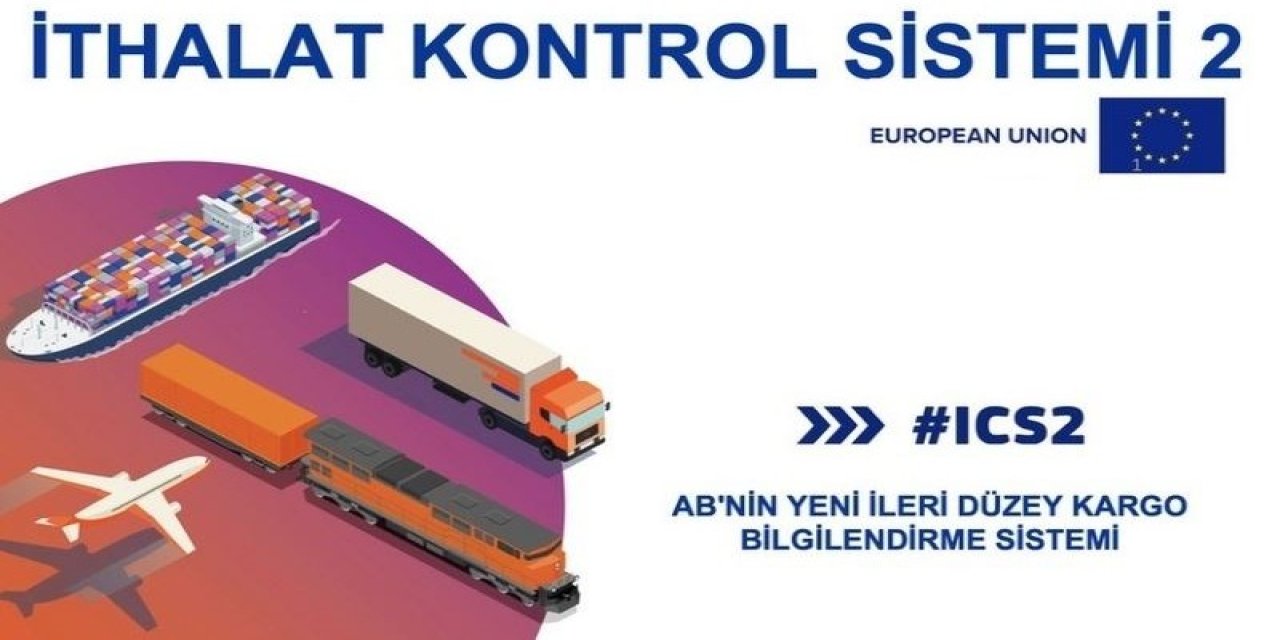
Türkçe karakter kullanılmayan ve büyük harflerle yazılmış yorumlar onaylanmamaktadır.